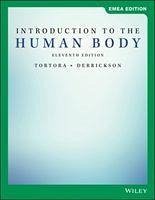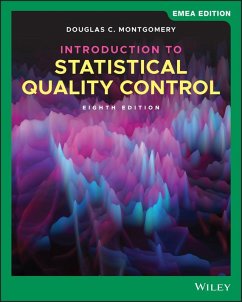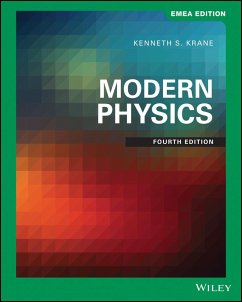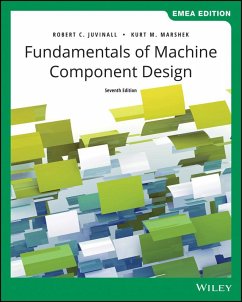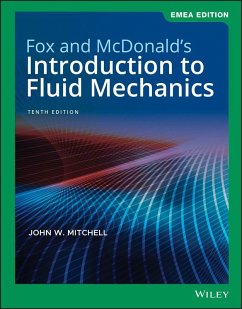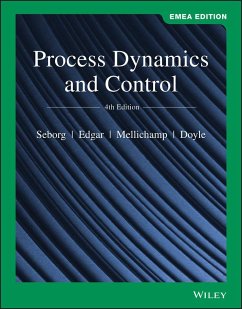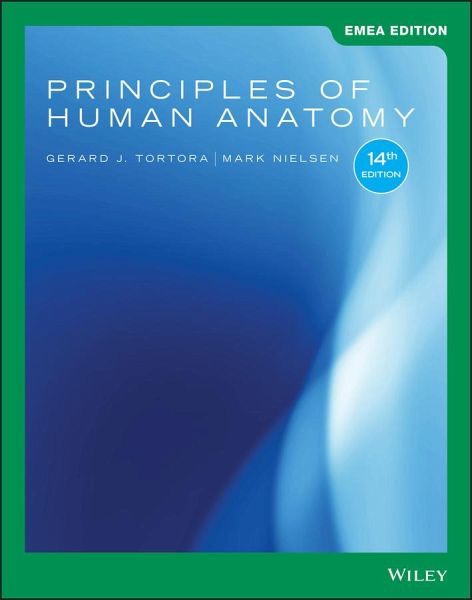
Principles of Human Anatomy, EMEA Edition
Versandkostenfrei!
Versandfertig in 2-4 Wochen
76,99 €
inkl. MwSt.

PAYBACK Punkte
38 °P sammeln!
Immerse yourself in the spectacular visuals and dynamic content of Principles of Human Anatomy, 14th Edition. Designed for the 1-term Human Anatomy course, this 14th edition raises the standard for excellence in this discipline with its enhanced illustration program, refined narrative, and dynamic resources. Principles of Human Anatomy offers a rich experience, giving students the ability to learn and explore human anatomy both inside and outside of the classroom.




